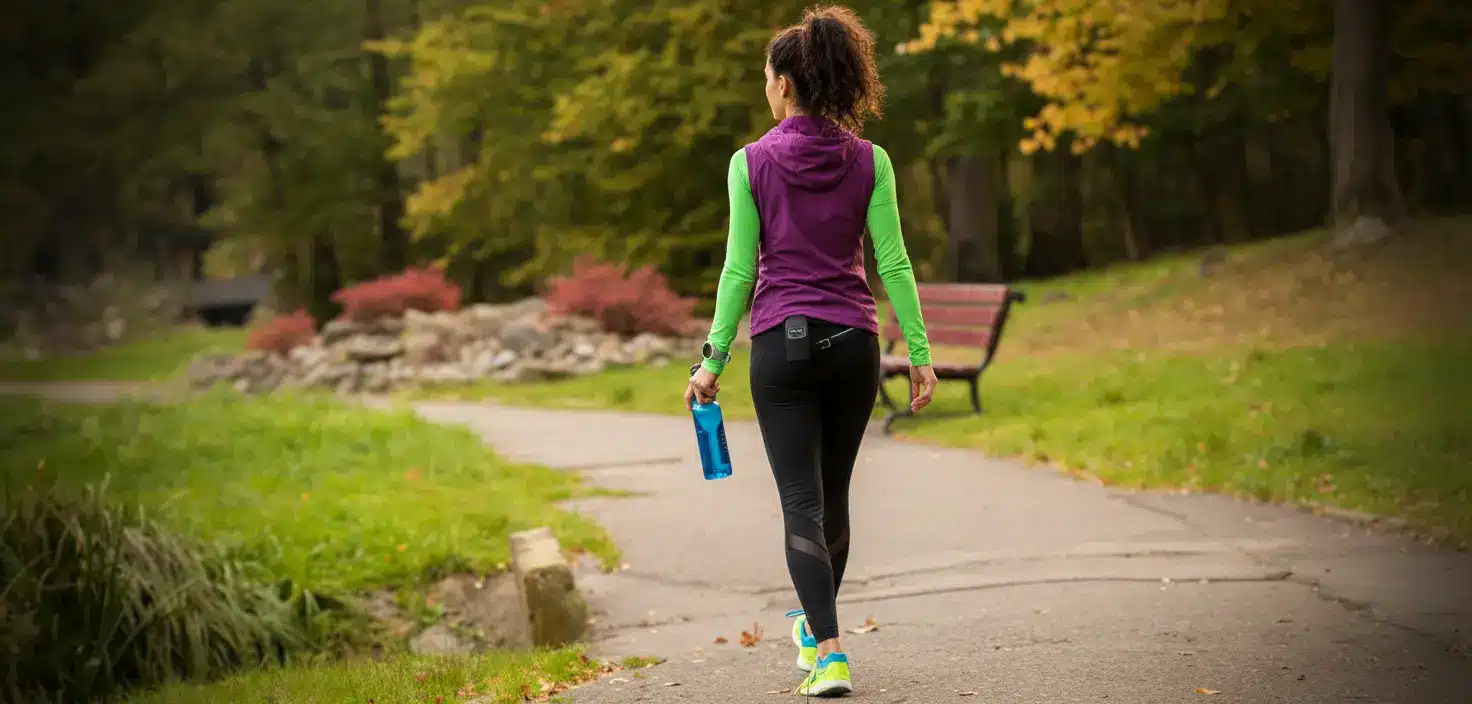Imagine the perfect workout: simple to start, nearly impossible to overdo, gentle on the joints, and—wait for it—it could actually make your errands count as exercise. Ready to transform your body? Walking could be your new best friend, and the surprising distance that truly changes things isn’t as far as you might think.
Just How Much Should You Walk?
- Walking stands out as the easiest exercise to begin and one of the toughest to go overboard with.
- But despite its obvious simplicity, many people still ask themselves: How far do I need to go to really make a difference?
Recent research provides the answer, and it might make you want to dust off those sneakers. Evidence from U.S. cohort studies shows that every 1,000 additional steps per day lowers the overall risk of death by 9%, and heart-related death risk by 8% in people with hypertension over twelve years. That’s quite the return for a bit of extra movement.
But before you get visions of endless laps around the block, consider the 2019 trial involving older women led by Dr. I-Min Lee at Harvard T.H. Chan School of Public Health. It showed 7,500 steps offered the same survival benefit as 10,000 steps—a relief for the step-counters among us! Dr. Lee summed it up best: « Some stepping is good. More is better, up to a certain point. » After a certain range, health gains seem to plateau.
The Magic Number: 8,000 to 9,700 Steps
So, what does that look like in the real world? Hitting 8,000 to 9,700 steps daily translates to about 3.8 to 4.8 miles for the average adult stride. Covering this distance tends to burn between 300 and 400 calories—a number that, combined with mindful eating, could help you shave roughly a pound per week. No crash diets involved!
Of course, this calorie burn isn’t one-size-fits-all:
- People carrying higher body weight see a bigger calorie drop per step.
- Lighter walkers might have to go a little farther to hit the same burn.
- Your stride length, walking pace, and overall effort matter too.
If you want an easy conversion, remember: about 2,000 steps equals a mile. That means 8,000 steps (the magic number) comes out to approximately four miles—a distance most folks can stroll in eighty minutes at a relaxed pace or forty-five brisk minutes.
Pacing Yourself For Best Results
You don’t need Olympic speed for walking to work its magic. For moderate intensity,
- You can chat comfortably but shouldn’t be able to belt out your favorite song. (Sorry, shower singers!)
- Heart-rate monitors would show 50–70% of your maximum effort—the sweet spot for conditioning your heart.
For beginners, the advice is clear: Go slow. Focus on walking regularly first. Once consistency starts to feel easy, add an extra block, two or however much feels manageable—no calendar acrobatics required.
Worried about joint pain? You can still reap the benefits by blending short walks with other joint-friendly options like cycling or water exercise, keeping overall step counts modest. Smartwatches can even translate cycling and pool workouts into “active minutes,” so your hard work still gets logged.
Enjoyment: The Secret Ingredient
Set aside all debates about step goals and statistics for a minute: enjoying your walks is still the biggest predictor of sticking with it long term. If your neighborhood loop is making you yawn, mix it up by switching to park trails, mall loops, or tuning into a podcast on the treadmill. Variety can keep your interest up without making things complicated.
Little tweaks to your daily routine can add more steps (and a nice calorie bonus!) than you might expect:
- Skip the elevator, take the stairs.
- Park further from your destination.
- Pace during phone calls.
- Consider that 1.5-mile grocery run with reusable bags as both strength training and a step-collecting mission!
In summary: walking offers a remarkable return on a truly modest daily investment. Head out for 8,000 to 9,700 steps a day and you’re likely to see transformative benefits—no gold medals required. All that’s left is to lace up and see where your feet can take you!

John is a curious mind who loves to write about diverse topics. Passionate about sharing his thoughts and perspectives, he enjoys sparking conversations and encouraging discovery. For him, every subject is an invitation to discuss and learn.






